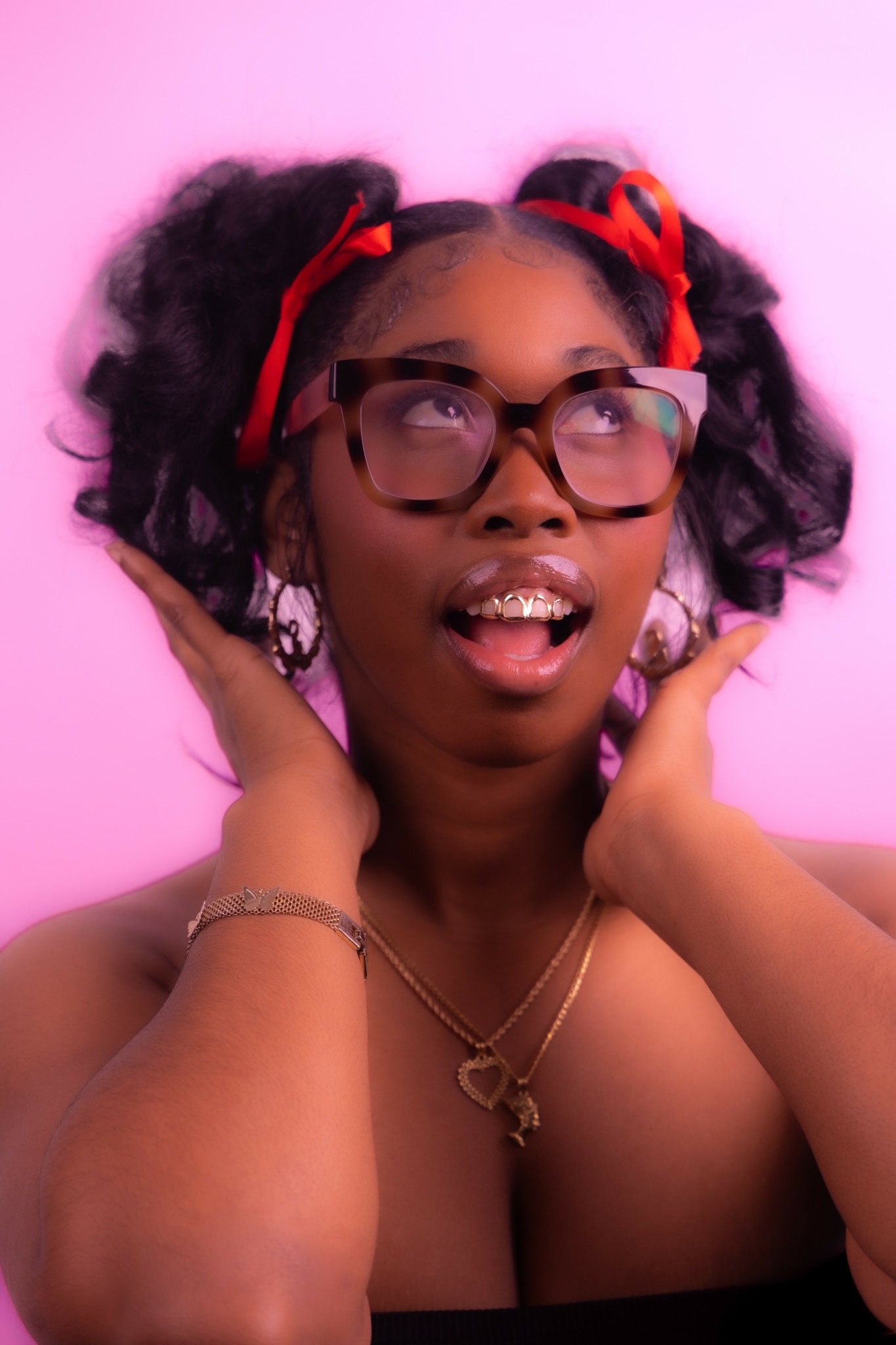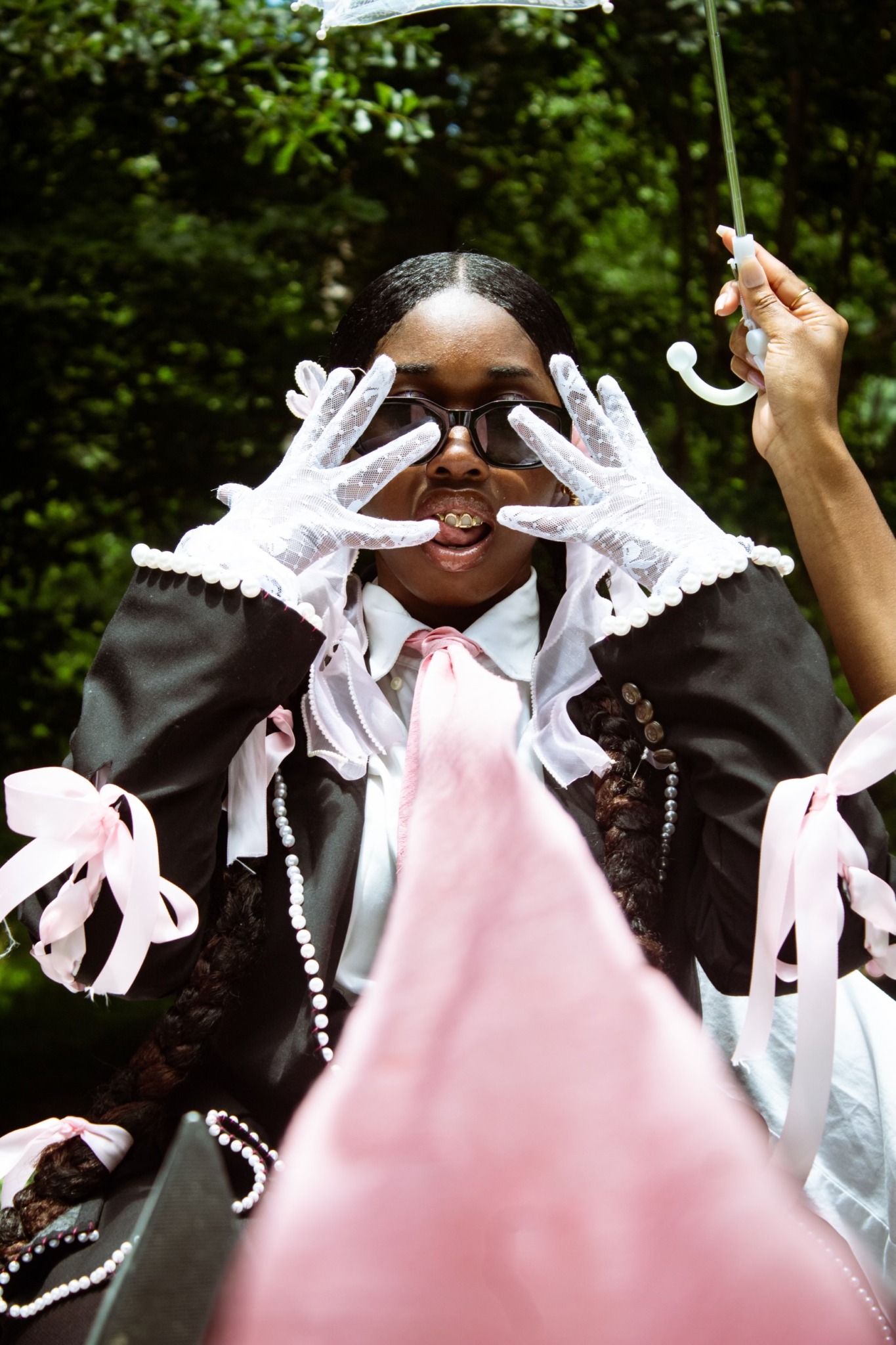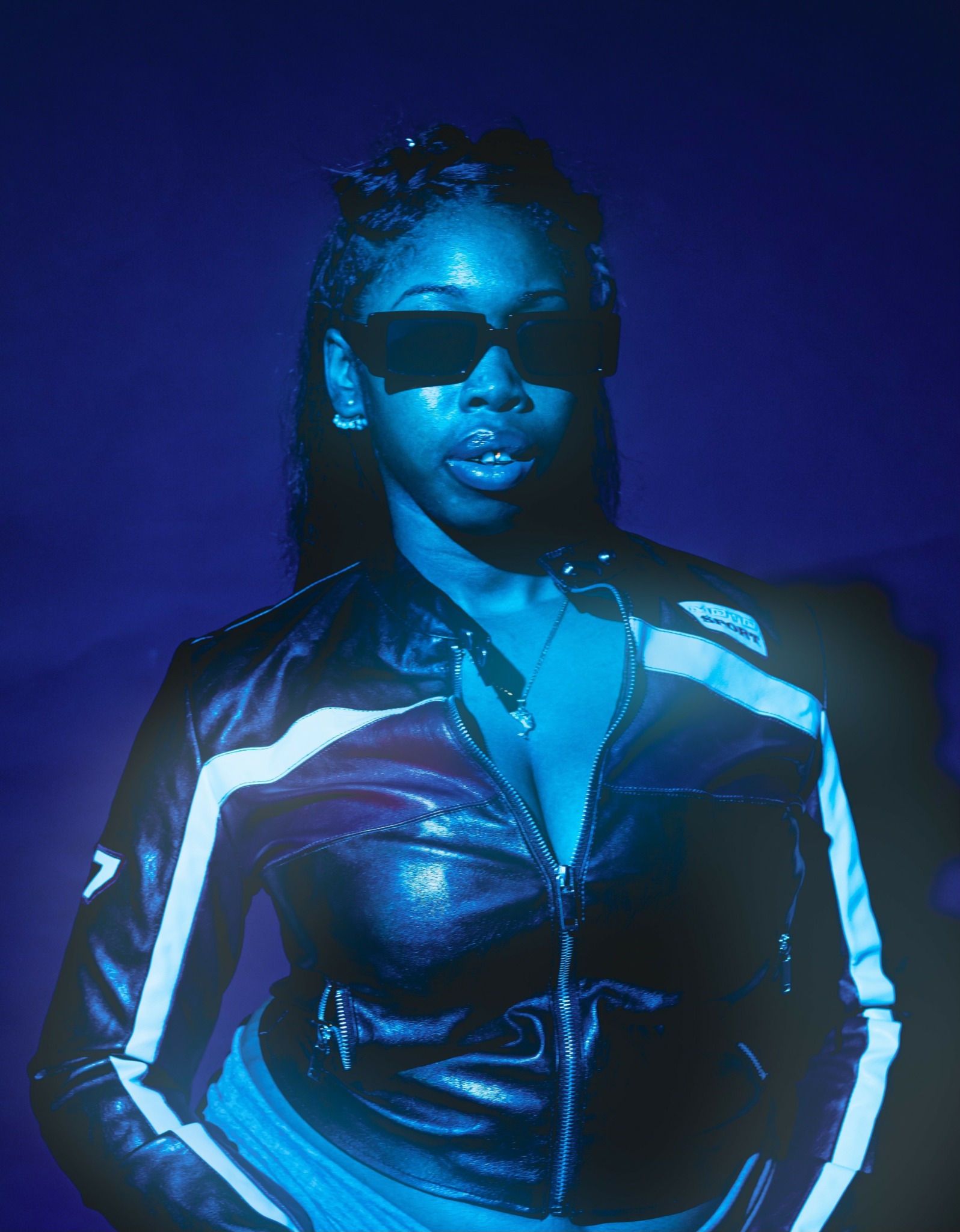Alright – so today we’ve got the honor of introducing you to Indya Murphy. We think you’ll enjoy our conversation, we’ve shared it below.
Alright, Indya thanks for taking the time to share your stories and insights with us today. Are you happier as a creative? Do you sometimes think about what it would be like to just have a regular job? Can you talk to us about how you think through these emotions?
I’d say I’m definitely happiest as a creative. But I’d be lying if I said I never wondered what it would be like to just have a ‘regular’ job. I’ve pictured myself as a defense attorney, a doctor, even a professor. But even in those daydreams… my creative side never turns off.
If I’m imagining the attorney version of me, I don’t just see the suit and the courtroom, I start redesigning the space. What colors would make people feel more confident? How could the flow of the room feel less intimidating? As a doctor, I don’t stop at the stethoscope, I think about how hospitals could feel warmer, more healing. And as a professor, I don’t just picture a lecture hall, I imagine transforming it into a space that feels alive, like a design lab, filled with storytelling and possibility.
That’s when I realized, my mind, body, and soul are just connected to creativity. It’s not something I can turn off. My background in hair architecture showed me how design can live directly on the human body. Interior design has taught me how to scale that vision up to whole environments. And my passion for visual creative direction and fashion sets gives me the language of storytelling, layering textures, colors, and movement the way you’d layer theories in design.
Even my journey with PCOS has shaped this. Its made me more sensitive to how environments can either weigh on you or actually help you heal. So even when I picture myself in a so-called ‘regular’ job, I always find myself redesigning it, infusing creativity into it. Because that’s just how I move through the world.
The conclusion I’ve come to is this: I might imagine myself as an attorney, a doctor, a professor… but I always circle back to design. Creativity is my through-line. Whether it’s a hairstyle that feels architectural, a room that inspires focus, or a fashion set that tells a story, interior design lets me bring all those worlds together. Creativity isn’t just my career, it’s my lens, my way of seeing life.

Awesome – so before we get into the rest of our questions, can you briefly introduce yourself to our readers.
For those who may not have read about me before, my name is Indya Simone, and I describe myself as a multidimensional creative. I’m an Interior Design student, a hair architect, and a visual storyteller who moves fluidly between spaces, fashion sets, and artistic direction.
I first got into my craft through hair. Hair architecture became my gateway into design, I learned how to treat hair like sculpture, how to build structure and narrative onto the human body. That passion naturally expanded into interior design, where I could take those same principles of form, balance, and storytelling and scale them up into environments. Along the way, creative direction blossomed into the chance to experiment with storytelling in immersive, visual ways.
The creative works I provide include hair architecture pieces, interior design concepts, set decor, and visual creative direction. What ties them all together is my focus on storytelling through design. Whether I’m designing a hairstyle, a room, or a set, I’m always thinking about how people will feel in the space and what story is being told through textures, colors, movement, and flow.
What sets me apart is that I don’t separate disciplines, I merge them. I see interiors the way I see hair. I see a hairstyle the way I see a set. For me, everything is connected, and that allows me to bring a layered, futuristic perspective to my work, one that is bold, imaginative, and rooted in cultural storytelling.
I’m most proud of the fact that my brand, Hearts on Jupiter, is building a platform where Black creativity is not only seen, but celebrated as innovative, futuristic, and architectural. I want potential clients, collaborators, and followers to know that working with me means stepping into a space where design is not just functional, it’s emotional, it’s healing, and it’s visionary.
At the heart of everything I do, I want to create spaces, looks, and experiences that remind people that creativity is limitless & that design has the power to inspire, to transform, and to make people feel seen.

Can you share a story from your journey that illustrates your resilience?
I’m from Los Angeles, raised by my mom, who has always been my guide and support system. After graduating high school in 2019, I went off to college at just 17. I was young, unsure of my path, and honestly, I ended up at a university that didn’t really fit me. Then COVID hit, and like so many others, I had to come back home and reimagine what life looked like.
During that time, I worked at the California Science Center and at McDonald’s. Both jobs were humbling and really built my character. I had to deal with the reality of 9-to-5 environments that didn’t feed my soul, but they taught me discipline, patience, and people skills that I still carry with me.
I even tried going the junior college route, studying business but it didn’t work out. I remember feeling frustrated, like I was drifting without a clear direction. That’s when I leaned into God more deeply. I entered a season of obedience, stillness, and quietness really asking for guidance and clarity about my purpose.
That season of waiting and trusting led me to SCAD Atlanta, and it changed my life. Suddenly, everything made sense: my creativity, my passion for design, my love for storytelling all of it found a home. Looking back, I realize that every detour built my resilience. The moments that felt like setbacks, working jobs I didn’t love, starting over, pivoting majors were actually shaping me into someone who could handle the demands of being a creative and the discipline of pursuing my dreams.
To me, resilience is about faith, patience, and the courage to pivot. And that’s exactly what my journey taught me.

How can we best help foster a strong, supportive environment for artists and creatives?
In my view, the best way society can support artists and creatives is by valuing creativity as more than just a luxury but as a necessity. Creativity shapes culture, spaces, innovation, and even wellness. Yet too often, artists are expected to create without fair pay, resources, or recognition.
First, there needs to be more access to funding and opportunities, grants, residencies, affordable studio and working spaces so creatives don’t always have to operate from scarcity. Second, there has to be more representation and inclusion in the creative industries, especially for Black, brown, and marginalized artists, so the stories being told reflect all of society, not just a small fraction of it.
Education is another piece, I believe schools and institutions should emphasize creative thinking as much as they do STEM, because creativity is what allows science, business, and even law to evolve. In fact, I’d love to see programs that bridge disciplines so artists learn business skills, and doctors or lawyers learn creative thinking, creating a truly thriving ecosystem.
And lastly, society can support creatives by simply respecting the labor of art. Paying artists fairly, giving them credit, and treating creative work with the same seriousness as any profession. When that happens, we don’t just support individual artists we create a culture where art is seen as vital, sustainable, and powerful.
For me, creativity is about more than just making things beautiful it’s about designing environments, stories, and experiences that inspire and heal. Supporting artists means supporting the future, because we’re the ones who dream it into being.
Contact Info:
- Website: https://heartsonjupiter.univer.se/portfolio
- Instagram: @indyasimoney
- Linkedin: https://www.linkedin.com/in/indya-murphy-29b64a1b7?utm_source=share&utm_campaign=share_via&utm_content=profile&utm_medium=ios_app



Image Credits
Kyden Neal
Terryn Speed
Rachel Doer
Jeremiah Elias


